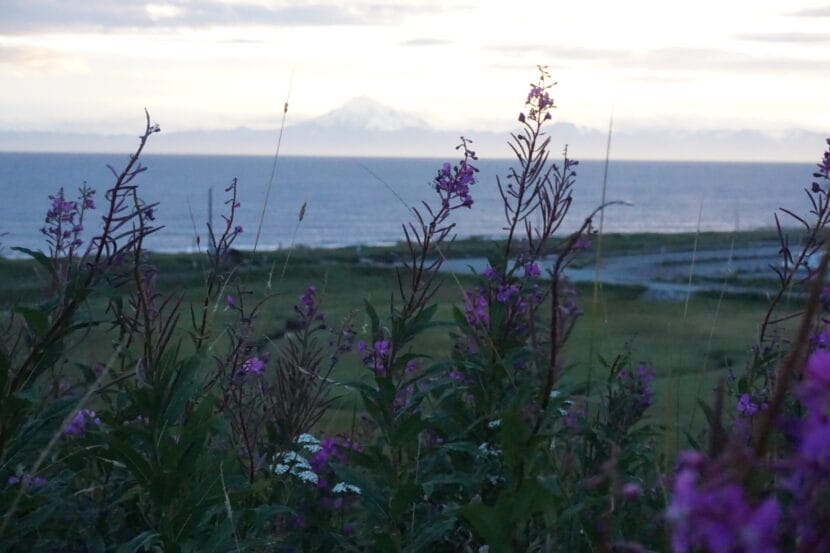
An unusual offering of royalty-free oil and gas leases in the Cook Inlet basin drew a few bids, with state officials this week describing the experiment as successful.
Bids for six tracts were submitted in the annual lease sale for the Cook Inlet region, Alaska’s oldest producing oil and gas basin, the state Division of Oil and Gas announced on Wednesday.
The six leases sold cover about 15,000 acres, and bids submitted totaled $599,934, according to results released by the division. Hilcorp Alaska LLC, the dominant Cook Inlet region operator, acquired three of the leases. The other three were acquired by HEX Cook Inlet LLC, an Alaska-based independent energy company that became a natural gas producer in 2020 when it acquired bankrupt Furie Operating LLC.
Unlike past lease sales, which stipulate that production from acquired leases pay state royalties generally ranging between 12.5% and 16.67%, terms in this annual Cook Inlet sale skipped the royalty requirements. Instead, they have requirements for profit-sharing from future production. Another unusual feature of the sale was the fixed rate of $40 per acre.
The terms were designed to induce more natural gas production in the aged Southcentral Alaska basin to supply a population center, which includes the state’s largest city, that is facing a potential shortage in the future.
The number of bids received was similar to those received in recent years’ state Cook Inlet lease sales. The last big showing for a state Cook Inlet areawide lease sale was in 2014, with 32 tracts leased.
In a statement, Department of Natural Resources Commissioner John Boyle said the unusual lease terms for Cook Inlet are part of a wider strategy that includes legislation proposed by Gov. Mike Dunleavy that would cut Cook Inlet royalty rates more broadly.
“Taking an innovative approach with these new Cook Inlet lease terms is one of the levers that DNR can pull to help make oil and gas production more attractive, so we hope it will gather increasing interest as producers have more time to evaluate this opportunity,” Boyle said in the statement. “We will continue to pull every lever we can, and to advance the Governor’s proposed legislation and other initiatives, to help meet our in-state energy needs.”However, some lawmakers have expressed skepticism about the royalty-free leasing and other Cook Inlet incentives.”
State Sen. Scott Kawasaki, D-Fairbanks, said that past Cook Inlet-focused legislation did little to stimulate production.
“I would have expected much more at this point,” he said Thursday. He noted that he “wasn’t too enthusiastic” about the royalty-free lease idea and that the sale results were in line with that impression. “I don’t think we should pat ourselves on the back at this point,” he said.
Sen. Bill Wielechowski, D-Anchorage, had a similar assessment of the royalty-free terms.
“It didn’t look like it had much of an impact,” he said.
Wielechowski said an emphasis on reducing royalties appears to be misguided in Cook Inlet. Companies are already allowed to request reductions in royalties, but they have not opted for that relief, so “it doesn’t seem like it’s the problem,” he said. Rather, the main obstacle to more Cook Inlet natural gas production appears the isolated nature of the market, which makes any big increase in supply uneconomic, he said.
The annual North Slope lease sale, held at the same time, produced a sale of 92 tracts comprising 173,000 acres and yielded over $6.1 million in bids. The annual Beaufort Sea lease sale, for offshore acreage within state territory, sold 12 tracts comprising about 36,000 acres and yielded $1.3 million in high bids.
Smaller independent companies, led by Great Bear Petroleum Ventures II LLC, dominated the bidding.
No bids were submitted for tracts in the North Slope Foothills, the higher-elevation region south of established oil fields, or for the Alaska Peninsula, the division reported.
This story originally appeared in the Alaska Beacon and is republished here with permission.


